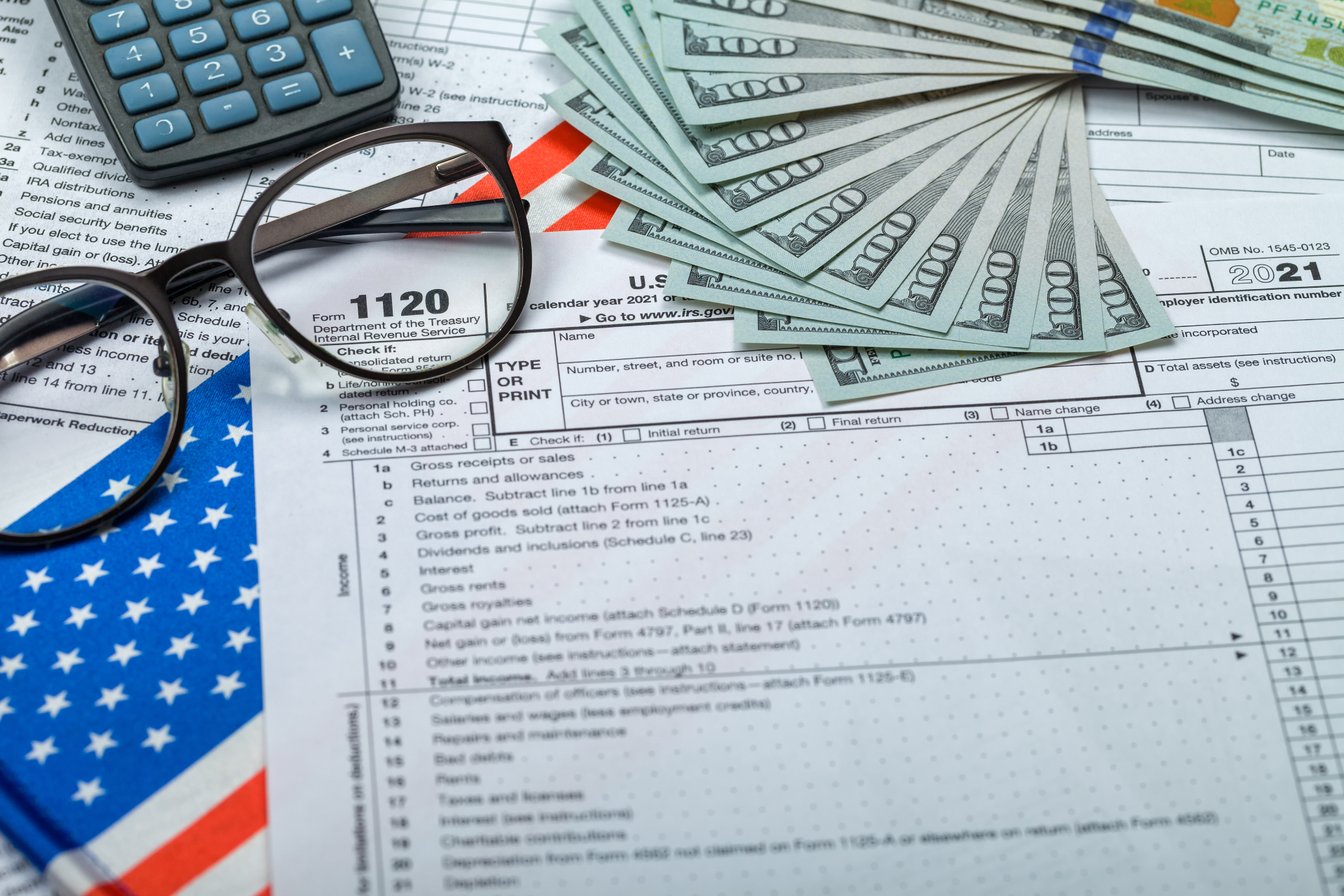If you’ve received a notice from the IRS warning that they’re about to levy your bank account, you’re likely feeling overwhelmed — maybe even terrified.
You’re not alone. And you’re not out of options.
At Anderson Bradshaw Tax Consulting, our tax relief professionals have helped thousands of clients in this exact position stop levies, settle their tax debts, and regain financial control, even when they thought it was too late.
If you’re staring at a CP504 or Final Notice of Intent to Levy, this guide will show you exactly what’s happening, what’s at risk, and what to do right now to stop the damage.
What Is an IRS Bank Levy?
A bank levy is one of the most aggressive tools the IRS has.
It allows them to legally seize funds from your bank account to cover unpaid taxes — without going to court.
Here’s how it works:
- The IRS sends a Final Notice of Intent to Levy (typically via certified mail).
- If you don’t respond within 30 days, they can contact your bank directly.
- Your bank is required to freeze your funds immediately, then send the money to the IRS within 21 days unless the levy is released.
This isn’t a warning. It’s action. If you don’t intervene quickly, your money is gone — and you won’t get it back.
What Happens When the IRS Levies Your Bank Account?
If you miss the 30-day response window, the levy process kicks in fast:
- You may not even know your account is frozen until your card is declined.
- Any funds in your checking or savings account at the time of the levy are frozen for 21 days.
- After that, they are transferred directly to the IRS.
- The levy doesn’t just stop after one hit; they can keep levying your account until the tax debt is resolved.
This can lead to:
- Missed rent or mortgage payments
- Bounced checks and overdraft fees
- Worsened credit
- Immediate hardship
What You Need to Do When You Receive Notice of Intent to Levy
The biggest mistake you can make is doing nothing. Here’s what to do instead:
1. Don’t Ignore the Notice
Even if it’s intimidating or confusing, respond immediately. Time is everything.
2. Call a Tax Resolution Specialist — Not Just Your CPA
Most tax preparers are not trained to negotiate directly with the IRS in levy situations. You need someone who understands collections, appeals, and settlement strategies and that’s where an experienced tax relief consultant comes in.
3. Explore Options to Stop or Release the Levy
Depending on your situation, Anderson Bradshaw can help you:
- File a Collection Due Process (CDP) appeal
- Prove financial hardship and negotiate a levy release
- Set up an installment agreement or Offer in Compromise
- Request a Currently Not Collectible status
- Freeze enforcement while we negotiate
Every minute matters once a Final Notice is issued. The sooner we get involved, the more options we have.
What If Your Bank Account Is Already Frozen?
If your account has already been levied and the 21-day window hasn’t passed, we may still be able to intervene and release the funds.
But after 21 days, your bank will send that money to the IRS, and there’s virtually no way to get it back.
This is why calling a tax professional immediately is critical. We’ve successfully stopped levies within hours of clients reaching out — but only when the window was still open.
Don’t Wait for the Worst to Happen: Contact a Tax Professional Today
An IRS bank levy doesn’t mean you’re a bad person. It means the system is automated, and you didn’t have the right help in time.
Let’s fix that.
At Anderson Bradshaw Tax, we don’t just fight the IRS, we represent you! We deal with the IRS daily, and we know exactly how to stop enforcement actions like levies, liens, and wage garnishments.
You don’t have to navigate this alone. And you don’t have to lose everything. Get in touch with Anderson Bradshaw Tax Consulting today.
Call us at 877.550.3911 or visit www.AndersonBradshawTax.com to learn more.
